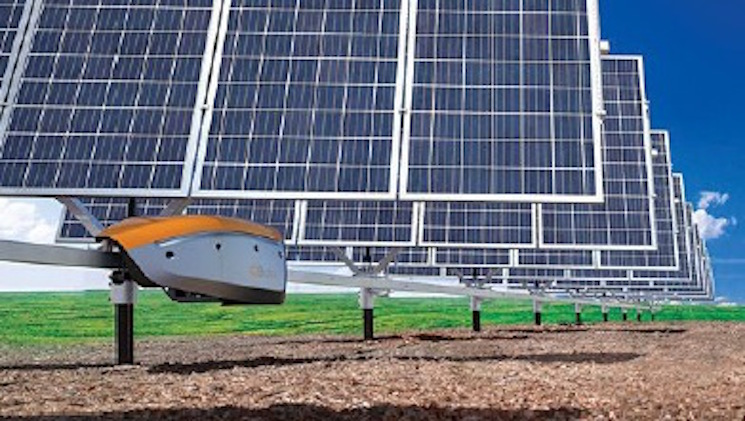June 3, 2014


Researchers at the Vienna University of Technology have developed a new material that may soon be used to create ultrathin flexible solar cells. As a diode made of tungsten diselenide, the material is a single layer of tungsten atoms that are connected by selenium atoms above and below the tungsten plane. The layer is so thin that 95 percent of the light passes through it, but a tenth of the remaining five percent is absorbed by the material and converted into electrical power, so the internal efficiency is high. Ultrathin layers can be stacked to generate more power. Team leader Thomas Müller sees advantages for building-integrated photovoltaics. “We are envisioning solar cell layers on glass facades, which let part of the light into the building while at the same time creating electricity,” he said. Data are published in the journal Nature Nanotechnology.




